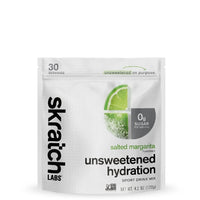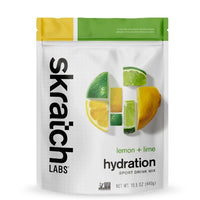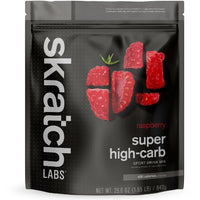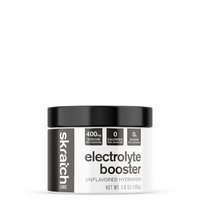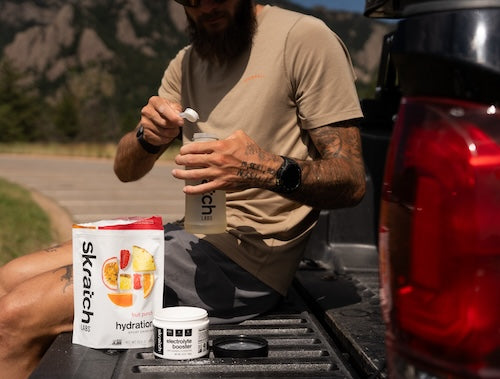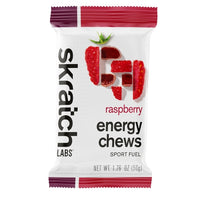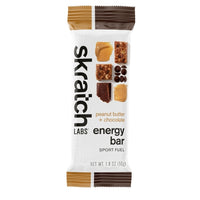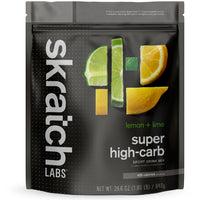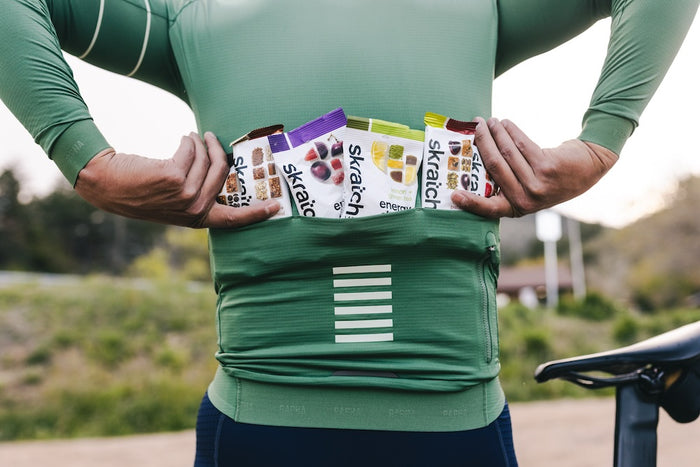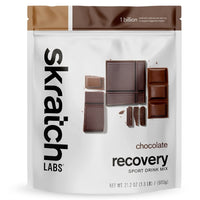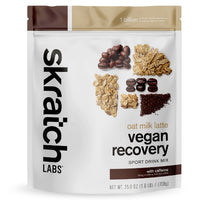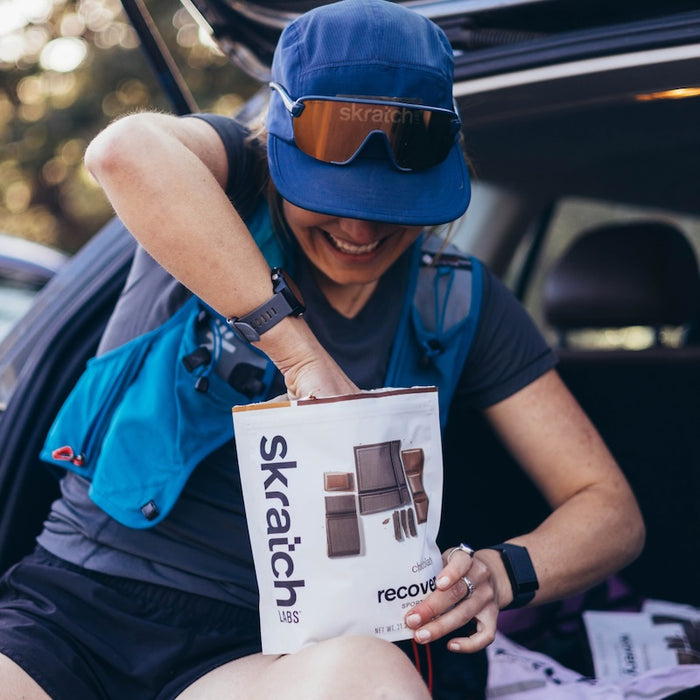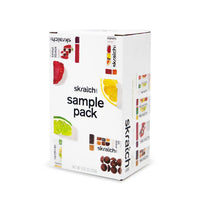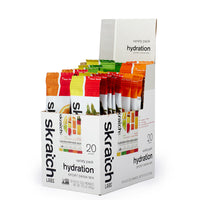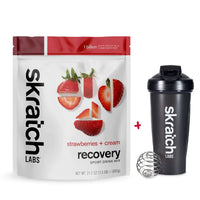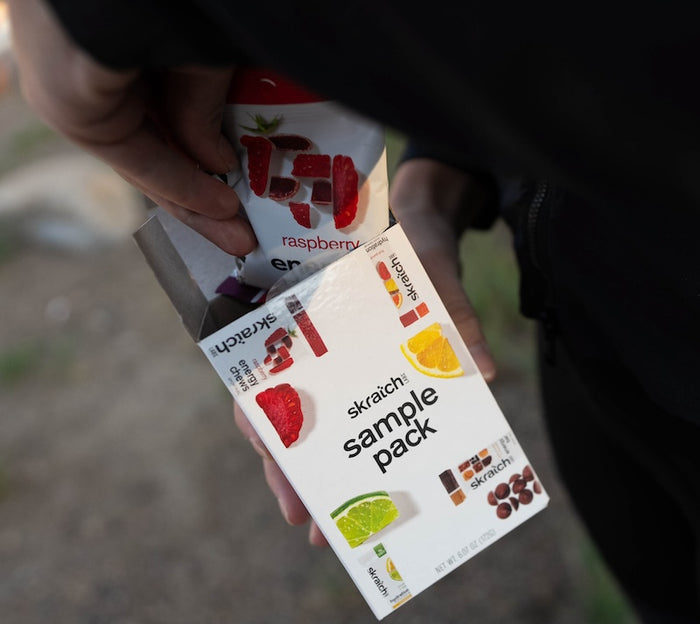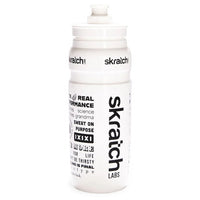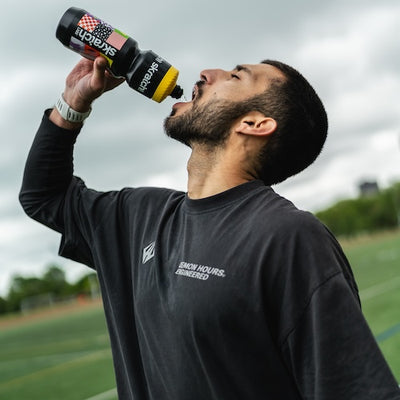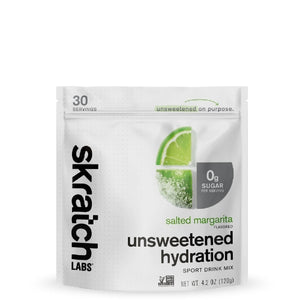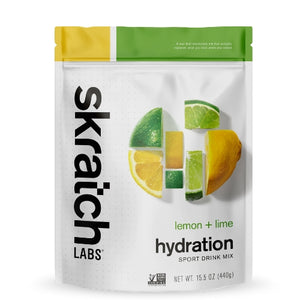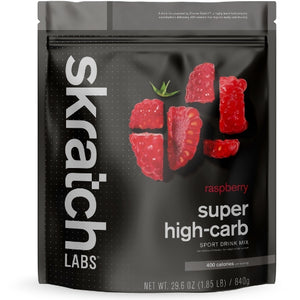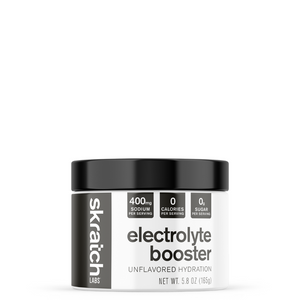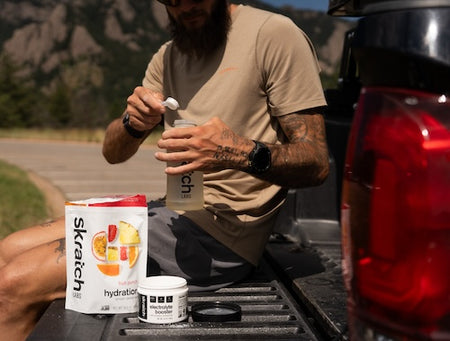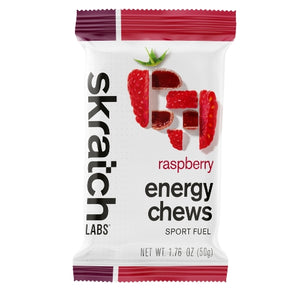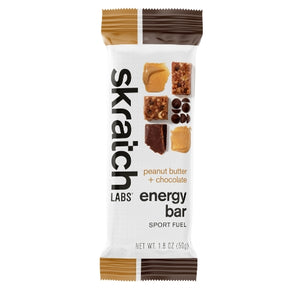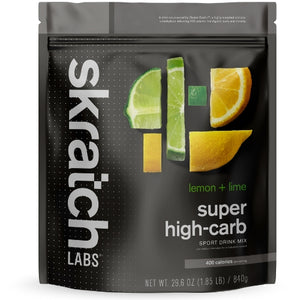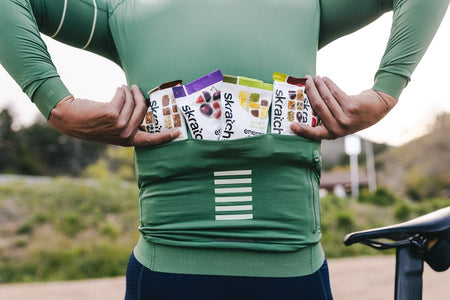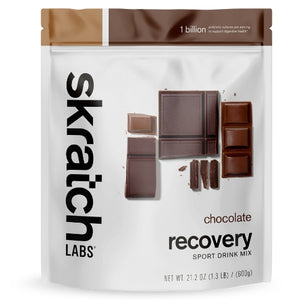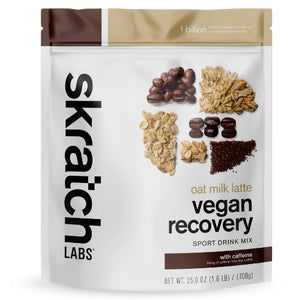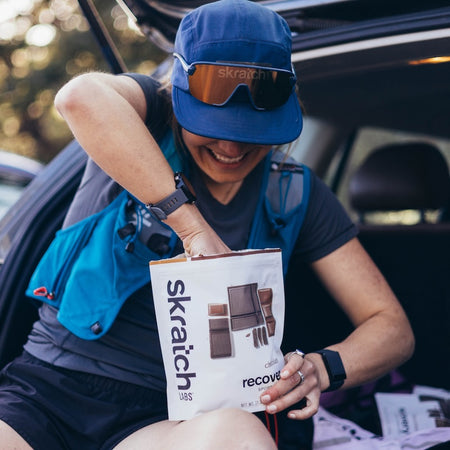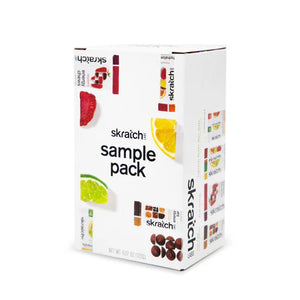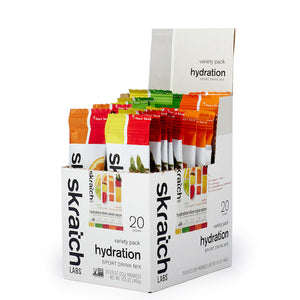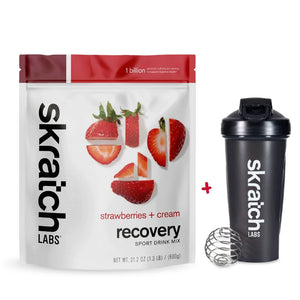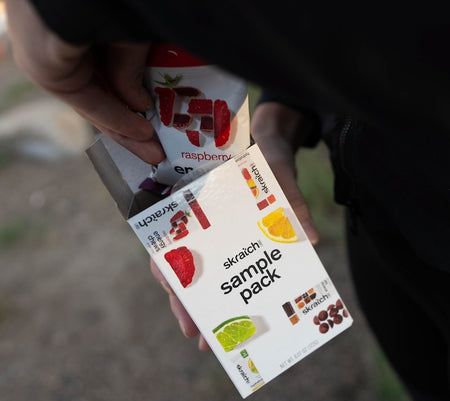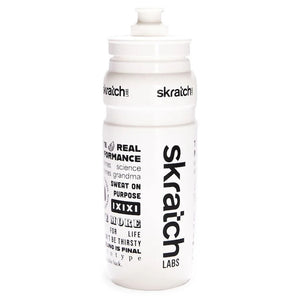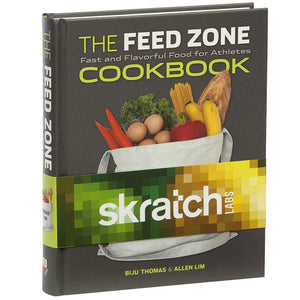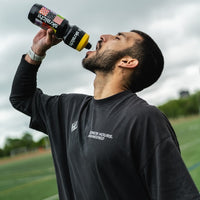Picture the watering hole- zebras, elephants, crocodiles, hippos, gazelles, and lions all taking a dip or grabbing a sip. Picture another watering hole- hundreds of thousands of humans building homes, buildings, and recreation around a lake, ocean, river, or creek. Let’s be honest- the most pleasant of cities have a water feature, and I am not talking about the ecologically improbable Bellagio Fountain in Las Vegas. In any case, we have an affinity for the stuff. We need water as a medium for cellular processes, joint lubrication, excretion of waste, temperature regulation, and nutrient delivery- thus explaining the propensity to reside near it.
Recommendations for how much water to consume vary depending on the source, and they all come in different forms: 8 glasses of water a day, half your body weight in ounces, one whole gallon. The latter is so popular, that entire businesses have been founded around gargantuan water bottles that would have blended right in with the mega flora and fauna of the Pleistocene. Not to disparage the market of gallon-sized bottles donning convenient or even motivational markings, however, these well-intended recommendations to keep us functional are confusing and incomplete- especially for athletes. And to us, if you are exercising, you fall in the category of athlete.
What’s Salt Got to do with It?
Sugar and salt share a jail cell- they have both been condemned and convicted by popular media of being nothing but bad for health. We have discussed sugar and its benefits at lengths, and a similar story comes forth for salt. Salt, or sodium, is absolutely essential to life. It transmits chemical signals that allow you to think, move, breathe, and exercise. Critically, salt helps to maintain the volume of your blood.
Entry-level biology teaches the concept of osmosis: when two compartments of solution separated by a semipermeable membrane– through which water can move but not the stuff dissolved in the water– water will travel through the membrane to the side with more solutes until both compartments have equivalent concentrations, or solutes per volume of fluid. Turns out, this is exactly what happens in the body. Electrolytes are charged atoms sitting inside or outside of your cells. The concentration of these electrolytes dictates where fluid ends up in the body. Because sodium likes to exist in relatively high concentrations outside the cell and inside your veins and arteries, sodium is the major driving force for water entering and remaining within the blood vessels 3. This water is critically important to the fluid state of blood and thus delivery of nutrients and removal of waste from tissues.
Blood Sodium
Sodium comes from our diet and is regulated in the body via a complex hormonal network acting at the level of the kidneys and blood vessels. Scientists are always talking about how incredible kidneys are as organs. We too will hop on the organ bandwagon- these incredible fist-sized flesh bundles filter your blood approximately 400 times a day! Typically, your kidneys are able to appropriately modulate blood pressure and osmotic balance by sensing sodium levels filtering through, or responding to changes in blood pressure. This is true during short bouts of exercise, even if you are not drinking any fluid 7. This complex hormonal feedback loop can detect low blood sodium, cause retention of sodium and fluid, and trigger an appetite for salt. In this way, molecular detection at the level of the kidney affects your behavior. Similarly, if blood pressure is high or too much water is consumed, healthy kidneys will recognize an improper osmotic balance and excrete water and sodium. This all works in the opposite direction when sodium levels are high or there is not enough H2O.
To add complexity to the homeostatic balance of sodium in your body, each individual loses a different amount of salt per liter of sweat. Drinking water alone will not replenish what is lost during exercise 6. Interestingly, a major thirst trigger in the body is one that recognizes elevated sodium concentration in the blood. However, if one loses a large amount of salt through sweat, the body may not recognize the need to hydrate, thus leading to further dehydration. As such, this whole hydration thing can get very complicated, especially when one is exercising regularly and/or for longer periods of time.
Somewhere-around-a-gallon Challenge?
Drinking a gallon of water may be an effective way to stay hydrated provided you are not a severely active person and eat salty foods throughout the day. In fact, the National Academies Press statement on Dietary Reference Intakes for Water, Potassium, Sodium, Chloride, and Sulfate (seems legit), recommends about 3.0 L of water per day for men, and 2.2 for women. Turns out that this recommendation, at least for men, sits right under a gallon 10. Yet, this report and others recognize that water intake recommendation should be based on the quality of diet, exercise intensity and duration, and environmental temperature and humidity. For example, on a sedentary day in an ambient environment with low humidity, drinking a gallon of water will not be necessary. On the other side of this coin, if you have exercised for a long time especially in heat or humidity, drinking a gallon of water will actually be deleterious for your hydration.
How could this be? Recall how sodium is the driving factor for the maintenance of plasma volume. In a scenario where sodium is lost via sweat during exercise, consuming a gallon of plain water could create a situation where the concentration of sodium is extremely low in the plasma (at this point the kidneys have lost their keen regulatory ability). In less severe cases, this can harm performance and bodily functions. In major cases, this can lead to swelling of cells, confusion, vomiting, and even death. This condition is called hyponatremia and its most common cause is drinking too much water in an exercise setting. In this case, it may be helpful to have a gallon with the appropriate amount of salt in it 6, 11, 12. All in all, drinking a gallon of water is not inherently wrong, it just leaves out all of the context of the system as a whole.
Urine for a Treat…
Now that we have the bad joke out of the way, let's clear up the confusion about urination frequency and color, and hydration status.
You may have heard to check the hue of your pee after urination- this will give wonderful insights into your hydration status. This claim is true to a point, and research has found that Urine color is an effective method for estimating hydration status in many populations 4. Generally, the lighter the color of your urine, the better hydrated you are. However, if your urine is close to clear, it is likely a good indication that you have drank too much water and are at risk of becoming “dehydrated” by way of hyponatremia. If your pee is a dark yellow or brown color, it is likely a good indication that you could benefit from drinking more water. If your pee is green, see a doctor. Interestingly, these facts do not seem to hold up in the case of exercise (except for the green pee doctors visit scenario). In fact, when evaluating hydration status in athletes via blood samples, urine color and frequency of urination had a weak relationship with hydration status 5, 13. This suggests that exercise is enough of a homeostatic disruption to bodily systems that hydration must be proactively monitored.
Briefly, frequency of urination has been positively associated with hydration status. However, especially in an athletic context, urinary urgency could be a sign of too much water in the system, thus enhancing the risk for hyponatremia 2.
Takeaway
- Hydration is complicated and it is about more than just water.
- Salt is required to maintain plasma volume. We lose salt when we sweat. When exercising, be sure to consume water with salt (a sports drink)
- Drinking excessive amounts of plain water before, during, and after exercise can dilute the sodium concentration in your blood, causing hyponatremia.
- The color of your pee is a good benchmark for hydration, but it is not very accurate, especially when exercising.
References:


